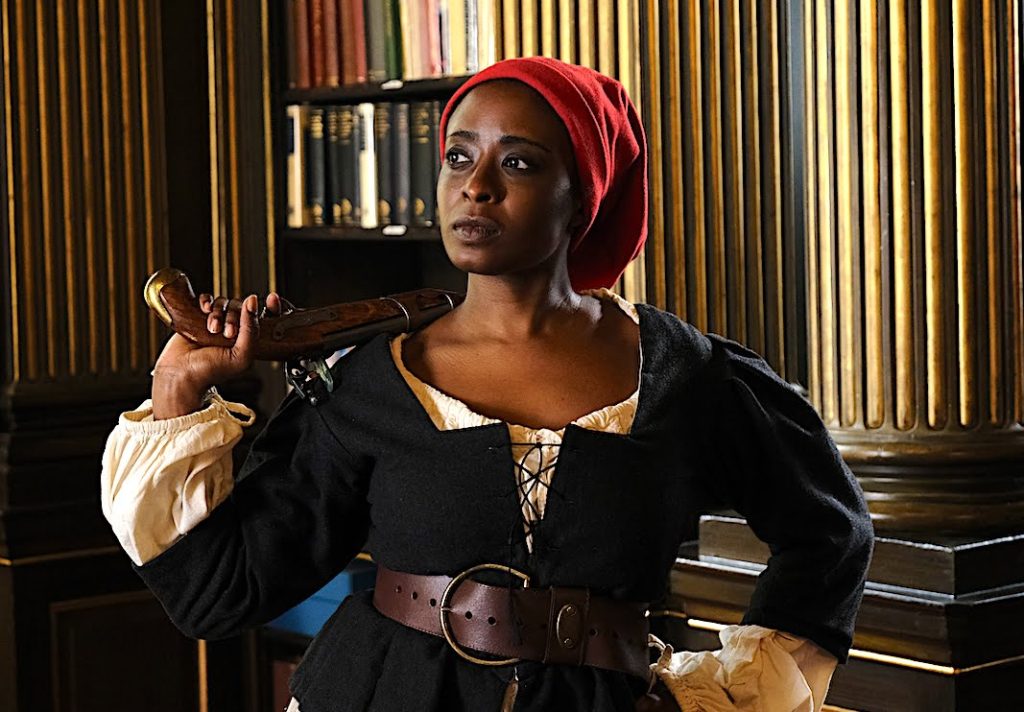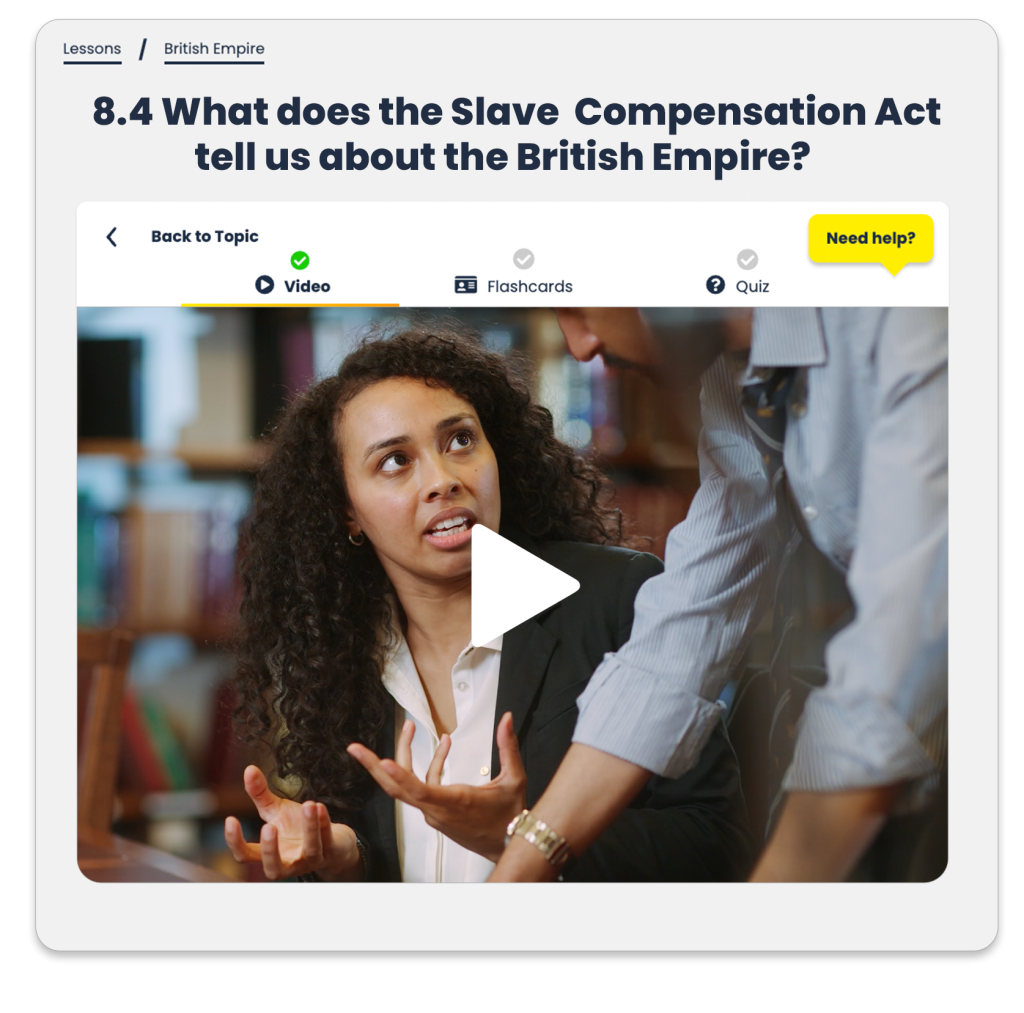This year’s Black History Month is centred around celebrating the role and achievements of Black women in the history of resistance and building communities with the theme of ‘Saluting our Sisters’.
Black women have left an indelible mark on history, yet their voices and stories are often silenced or overlooked. This month is all about lifting those voices and telling the stories of inspiring Black women who have influenced history.
We have loads of great lessons that highlight some influential Black women while laying the foundations of Black historical resistance for your students.
Here are some of the key figures and events from Black history that we cover!
Nanny of the Maroons

In the 18th century, Nanny of the Maroons led a guerrilla war against British forces in Jamaica. Her army was made up of self-freed enslaved people and Taino Indigenous people known as Maroons. Nanny herself was reported to have been born in Jamaica to Prince Naquan, who was taken into slavery from modern day Ghana by Spaniards.
This period of warfare under the leadership of Nanny of the Maroons became known as the First Maroon War. Nanny’s successful guerilla tactics forced the British governor to sign a peace treaty in 1740, which officially recognised the independence of Nanny Town.
This was a remarkable achievement among the Jamaican Maroon communities that fought for their freedom from colonial rule through military resistance.
Learn more about Nanny of the Maroons in our video lesson ‘The British Empire (In One Take)’
Marie-Jeanne Lamartinière

Some sixty years after the independence of Nanny Town, Marie-Jeanne Lamartinière joined the army of Haiti.
Haiti was newly independent – a revolution led by self-freed Black rebels liberated the island from the French Empire. The British government launched the ‘Great Push’ of 1796 to try and take Haiti as part of the British Empire, worried that the Haitian Revolution would inspire uprisings in the rest of their colonies.
The campaign was a disaster that cost Britain four million pounds – the equivalent of billions today – and around 100,000 casualties.
Lamartinière’s fearless actions in battle and her care for the wounded made her a hero in Haiti during her lifetime. The British withdrew from Haiti in 1797, defeated, and Haiti remained free.
Learn more about Lamartinière and resistance to colonialism in our video lesson ‘How did the British Empire develop?’
Olaudah Equiano

Olaudah Equiano was kidnapped from Nigeria and sold into slavery. During the Seven Years’ War, he served as a valet to an officer in the Royal Navy, and was eventually able to buy his freedom.
He captivated readers across the Empire with his compelling account of his experiences being enslaved. He played a significant role in raising awareness about abolition and the horrors of slavery in the white British population, fostering the abolitionist movement both in Britain and overseas.
Equiano’s advocacy and eloquence in denouncing the slave trade left a significant impact on the Black history, contributing to the eventual abolition of the British slave trade.
You can learn more about Equiano in our video lesson ‘The British Empire (In One Take)’. Read more about his journey from enslavement to abolitionism in this article.
The Slave Compensation Act

Using our video ‘What does the Slave Compensation Act tell us about the British Empire?‘, you can guide your students through investigating the links between past and present in real-time alongside our intrepid historical investigators.
The 1837 Slave Compensation Act offered a huge sum of compensation to slave-owners for the loss of their ‘property’ from abolition.
This ‘History Bombs Investigates’ video will inform students about some of the key legislation in the abolition of slavery and inspire critical thought about the development of Black freedom and how it came about.
You can also introduce your students to the excellent UCL Database in their ‘Legacies of British Slavery’ centre, where they can explore the legacies of slavery in the world around them.
Slavery Abolition Debate
If you want to teach your students more about abolition, our lesson on the Slavery Abolition Debate is a great introduction to the different campaigners for abolition and the arguments they used.
Hear from leading abolitionists such as Olaudah Equiano and Toussaint Louverture as well as white abolitionists such as William Wilberforce and Thomas Clarkson in a debate to find out why slavery was so suddenly abolished.
Summary
This Black History Month, use History Bombs to bring key influential Black figures to life in your lessons. Teach your students about important Black history while nurturing critical thinking and sensitivity both in their educational lives and when interacting with the world.
Using our British Empire series, introduce your students to influential figures who came into contact with and resisted colonialism, key legislation in the fight to abolish the Slave Trade, and the legacies of colonialism that still exist in the world around us.
You can watch our British Empire (In One Take) video here, or start your membership today for full access to our entire library of video lessons and activity sheets for as little as £6/month.


